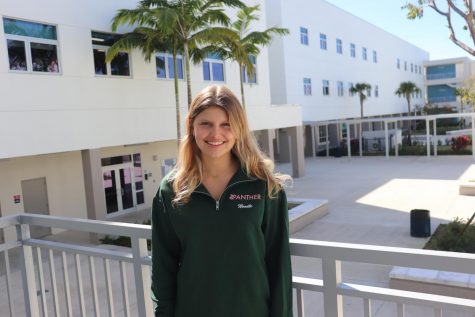Free the Hacker
September 11, 2020
Miami-Dade County Public Schools began the 2020-2021 school year on Monday, Aug. 31 with major technical issues. M-DCPS takes the spot of fourth-largest school district in the United States, with over 345,000 students and 40,000 employees spread across 392 schools. Students from first grade to 12th grade planned on using the new online learning platform made by M-DCPS in conjunction with K-12 programming. However, the first day of school, and the days that followed, proved to be a disorganized disaster.
The first day began riddled with website failures and hours-long wait times; many students across the district never ended up being able to join their classes through this glitchy program. According to CBS local news, Superintendent Alberto Carvalho revealed that the district had suffered devastating hacks from a 16-year-old South Miami High School student, as well as outside attacks from Russia, Ukraine, China and Iraq.
Aside from what little information M-DCPS revealed about the faraway countries that supposedly hacked a Florida public school system, the student confessed to at least eight cyberattacks through a series of distributed-denial-of-service strikes on the server. According to the Miami Herald, he utilized a “Low Orbit Ion Cannon” to perform these aggressions against the school district; this is merely a low-grade, simple maneuver, easily done with free software found online. Unsurprisingly, it did not prove difficult for even a 16-year-old high school student to figure out.
How did M-DCPS find itself so woefully unprepared for such a simple hack? The school district has transferred to online learning in mid-March due to COVID-19, providing nearly six months of preparation and planning to perfect a well-functioning program. Teachers received access to the website a mere few days before the start of the school year, and not a single test run occurred during the summer months to ensure that the website’s servers were equipped to deal with hundreds of thousands of students logging on all at once. Even if educators themselves had been given access weeks in advance, that sort of website traffic pales in comparison to the number of students who needed to attend school on Aug. 31.
Additionally, the fact that so much money spent in a time of critical need only resulted in a useless, faulty program remains deeply disappointing. Many private schools in the Miami area chose to use Zoom or Microsoft Teams — reliable websites that already existed before COVID-19. In no way is hacking a school system acceptable, but educators understand the demographic that they deal with on a daily basis, unlike the program, which clearly failed to address a number of security and functionality issues that were only exacerbated by the hacker.
Given the blunders in M-DCPS’s own online security, the entirety of the blame should not fall on a 16-year-old high school student. Online criminal activity, while destructive, does not account for the months that M-DCPS squandered between last school year and this school year. It seems that the lessons of anti-procrastination that flow out of middle and high school classrooms failed to reach those making the crucial decisions about the education of thousands of young minds.
Charging this young man with a third-degree felony and a second-degree misdemeanor, although textbook protocol, does not fit the situation. First of all, most first-time offenders do not go to jail, so at best this negatively affects his family’s financial status and reputation, while also disrupting time for him to learn. Secondly, given that the coronavirus pandemic remains to be quelled in the U.S., prisons present a very dangerous and potentially fatal situation for the many inmates who could potentially spread COVID-19 amongst each other. Lastly, security issues are inevitable with any online platform, and although the student exposed them and caused unnecessary havoc, that does not mean these issues did not exist in the first place. Instead of punishing a young life, step back and assess the situation for the many flaws that already existed.







